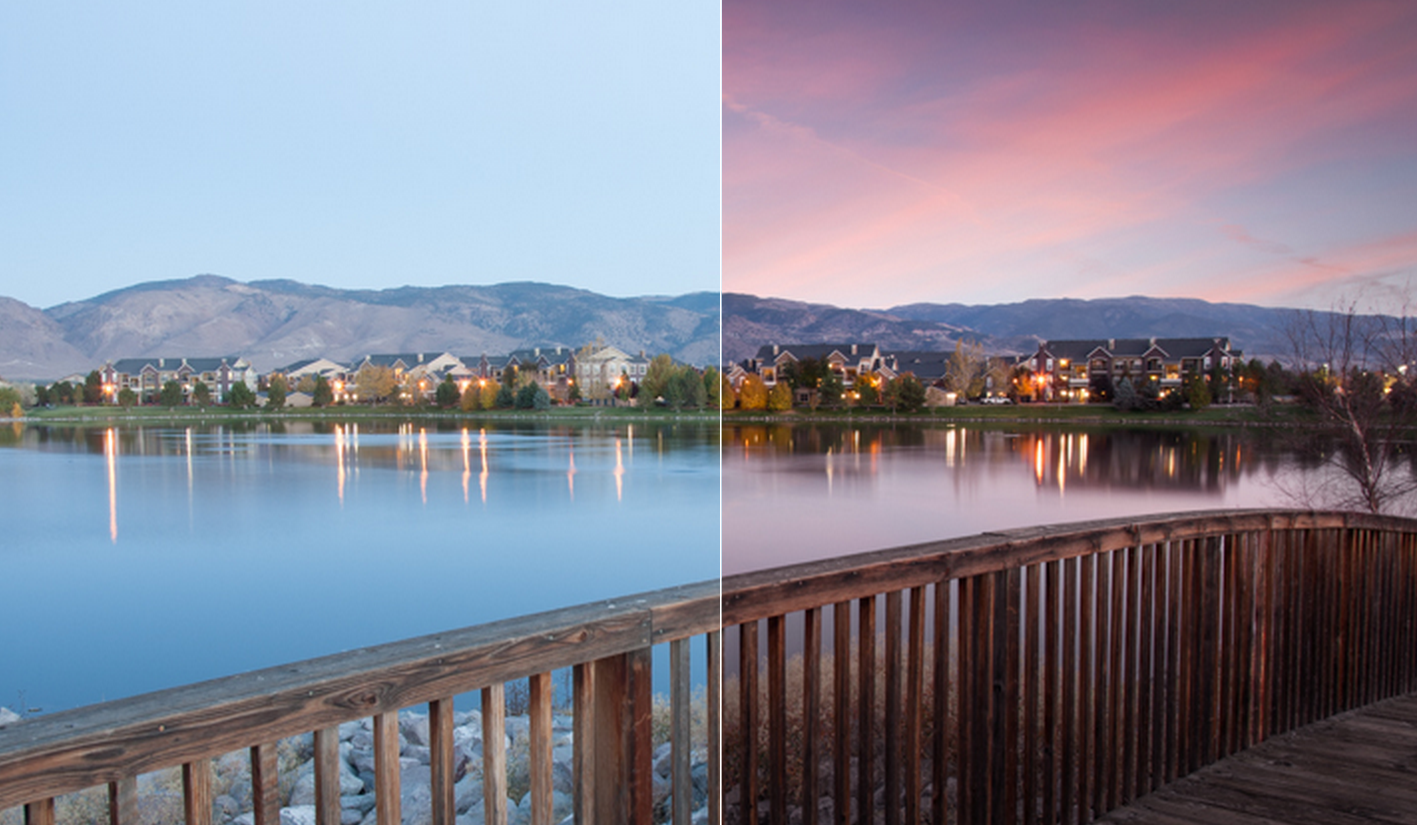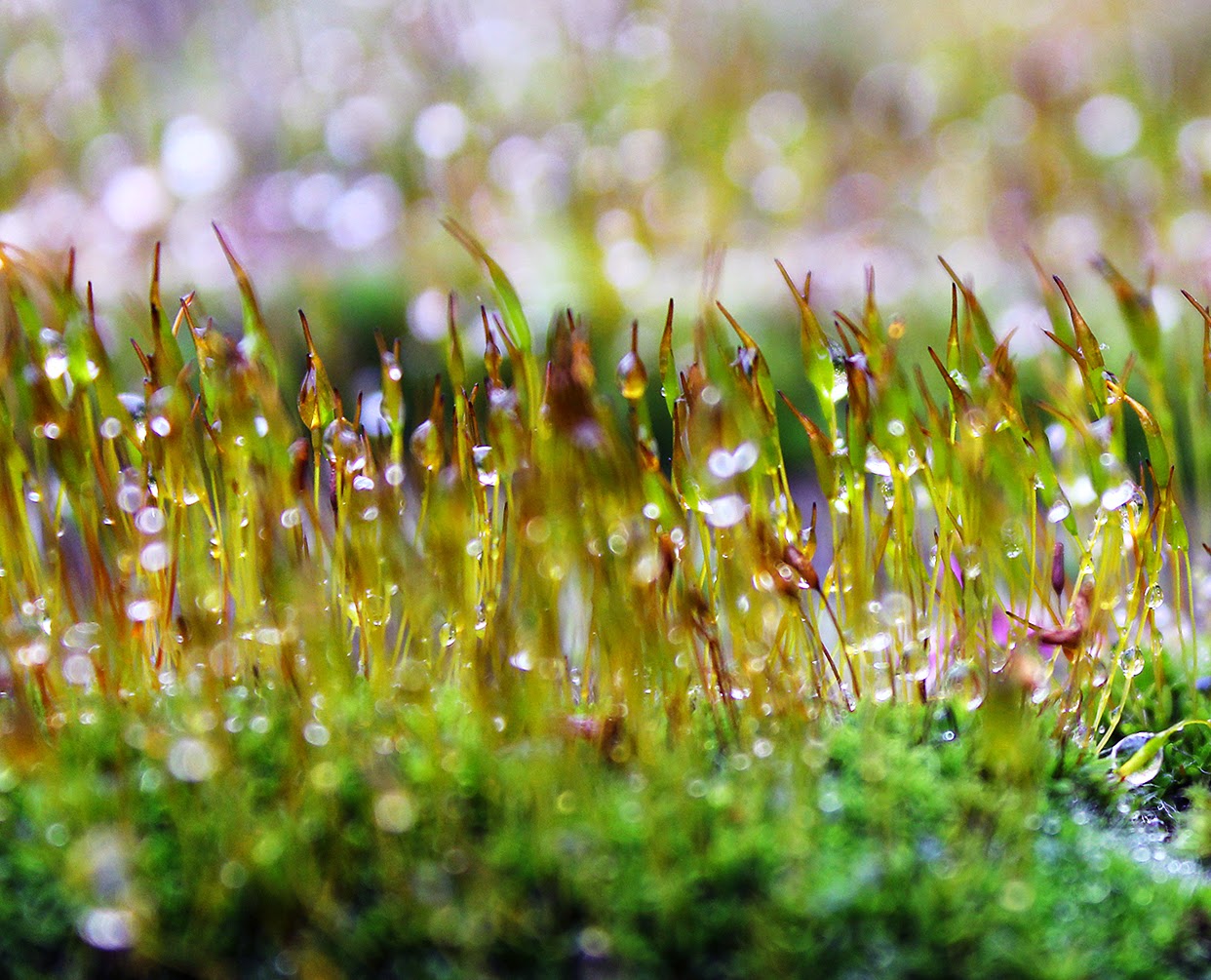In this evaluation I will talk about the values within my work in regards to artists influences/
research, experimenting with techniques and methods, eventually resulting in my final
outcome. Our projects are divided up into four different assessment objectives.
Firstly, AO1 consists of the initial ideas and responses to the starting point as well
contextual research. To achieve high marks in this assessment objective, mindmaps of each starting point were created. I Then produced a more in depth mindmap of my chosen starting point of Evidence which displayed my initial response and sequential thinking in order to inspire me to carry out imaginative leaps, allowing me to show a clear journey. When carrying out in depth contextual research I ensured that I
analysed their work by using an effective use of critical vocabulary. Thus allowing me to
produce sustained and focussed investigations that clearly demonstrate an influence and
relation to each of my chosen artists by using similar methods and techniques. I felt that
when creating pieces of work showing artist’s influences, I was very effective in showing
inspiration from Michael Kelly, Stephen Wilkes, Christoffer Relander and Alexander
Khokhlov. Due to studying these photographers work my investigations were very
sustained, focussing heavily on taking two different photographs and putting them together
in order to create a new image. As the project progressed I showed an increased interest in Double Exposure photography which was inspired by the work of Christoffer Relander.
Additionally, AO2 is associated with experimenting with appropriate methods, resources,
media, techniques and material as well as showing an ability to refine my work. I feel that
my work has been very creative and imaginative as I have experimented with a variation of methods and techniques. Throughout the course of this exam project I have introduced
myself to new techniques such as Double Exposure photography as well as the method of
create one image from two different photographs. I have also experimented with the
Photoshop software which is evident through my computer experiments and print
techniques where I explore different processes in order to produce a range of different and
interesting outcomes. Also I have produced several phyisical experiments where I printed off some of my images and experimented with them, using various media such as pen and
tip-ex as well as cutting them up and re-
arranging them. I have constantly demonstrated a fluent ability to refine my work as ideas
develop by introducing artists’ styles into my own. Initially, I explored themes of weather,
weathering and damage. I feel that in my sixth shoot was a turning point of my project whereI produced a multiple imagery piece showing the condition of a glass before and after the
damage takes place. From this point onwards my theme shifted to the theme of before and after which also allowed me to introduce Michael Kelley’s and Stephen Wilkes’ style into my own work very effectively.
I also believe I have demonstrated a highly effective command of the formal elements in
order to create successful photography. I have commanded all the formal elements
effectively through studying my artists’ work as they all provided me with different
approaches in order to illustrate specific formal elements. I feel that I have shown an in
depth subject knowledge which is evident through the annotations of my work where I have used critical vocabulary in order to discuss values. My work diaries from each shoot were
very successful in allowing me to demonstrate an ability to reflect on my work and progress. In these work diaries I picked to pieces from each shoot and analysed them, explaining my
view on whether they are successful or not. Also I included a progression section in each
work diary which illustrated what I would like to do in my next shoot, allowing me to
demonstrate a clear journey.
Furthermore, I believe that my work is very effective and deemed as exciting due to its
originality. From the start of the project to the final outcome I have demonstrated a
consistent high standard of work. I feel that my final outcomes are very effective in
illustrating the influences of Stephen Wilkes and Christoffer Relander through he use of
there techniques in my own work. Overall, I feel that I have displayed a constant ability to
produce very original work at a high standard, simultaneously refining it, showing the
influences of my artists and resulting in creating very personal response to the project title
being Evidence.





























































